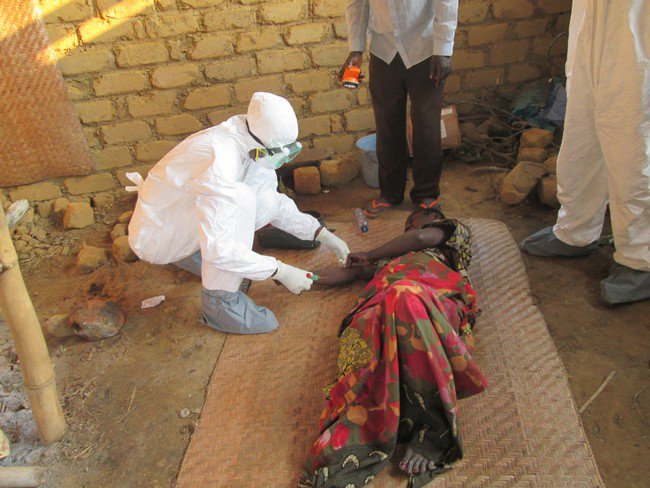While we all are sitting at home waiting for achhe din when we’ll be able to get out of our houses and live a normal life, the epidemiologists fear about our near future.
Pandemics have been something that has been recurring. May it be Spanish Flu, Yellow fever, SARS, MERS, Plague or HIV, there have been constant viruses that have been spreading from one country to another.

What makes Covid-19 different?
Well apart from the fact that it’s spreading at a rapid rate due it being transmitted from person to person contact, is it’s the second most devastating pandemic after the 1918 Spanish flu.
The Novel Coronavirus as of now has already infected 2.5 million and has led to the death of more than 1,70,000 people worldwide, Delhi and Maharashtra with the highest number of cases in India.

The Spanish flu had also hit India hard, when India’s population fell by 0.31%. This was the only decade since 1901 to date when the country’s population did not increase.
As we all know that Covid-19 is neither the first one and nor the last one. The emergence of pandemics is becoming more and more frequent and are also getting more difficult to contain.
And all this is to be blamed on the convergence of several global ecological, political, economic and social trends, including population growth, urbanisation, economic integration, faster travel, migration and climate change.

The World At Risk 2019 report by the Global Preparedness Monitoring Board (GPMB) stated that epidemic-prone diseases such as influenza, severe acute respiratory syndrome (Sars), Middle East respiratory syndrome (Mers), Ebola, Zika, plague, yellow fever and others, are harbingers of a new era of high-impact, potentially fast-spreading outbreaks that are more frequently detected and increasingly difficult to manage.

The World Health Organization (WHO) tracked 1,483 epidemics in 172 countries between 2011 and 2018 and in 2019, warned that another H1N1 2009-10 influenza-like pandemic was inevitable.
But instead of an influenza, what is causing havoc is a novel coronavirus, severe forms of which have had limited human-to-human transmission in the past.

While the virus’s structure suggests that it came from bats or pangolin, it’s analogy is yet to be figured out. Understanding whether the viruses’ abilities to cause disease evolved in animals before it started infecting humans, or occurred in humans after it jumped from its animal host, will help determine how frequently such pandemics will occur in the future.
It is believed that the chances of similar outbreaks are lower if the virus infects humans and then evolves its highly pathogenic properties.

There have been thousands of outbreaks in India over the past five years, ranging from annual ones like influenza (H1N1 and H3N2), acute encephalitis syndrome, chikungunya, dengue and measles, to rarer ones like Crimean-Congo haemorrhagic fever, Kyasanur forest disease (monkey fever), nipah viral disease, scrub typhus, and zika virus disease, among others and it is observed that the impact and damage of these pandemics have been increasing.

















